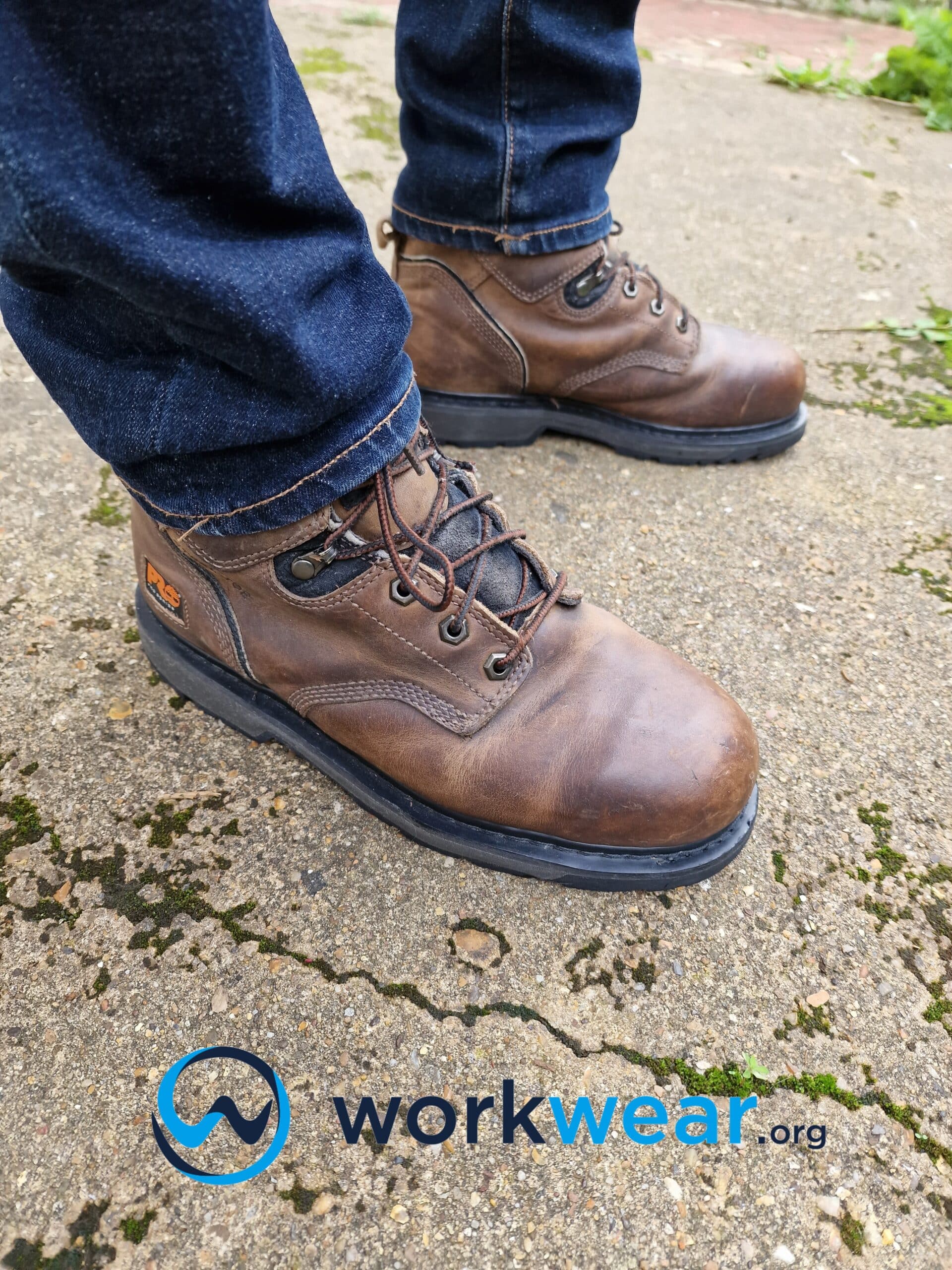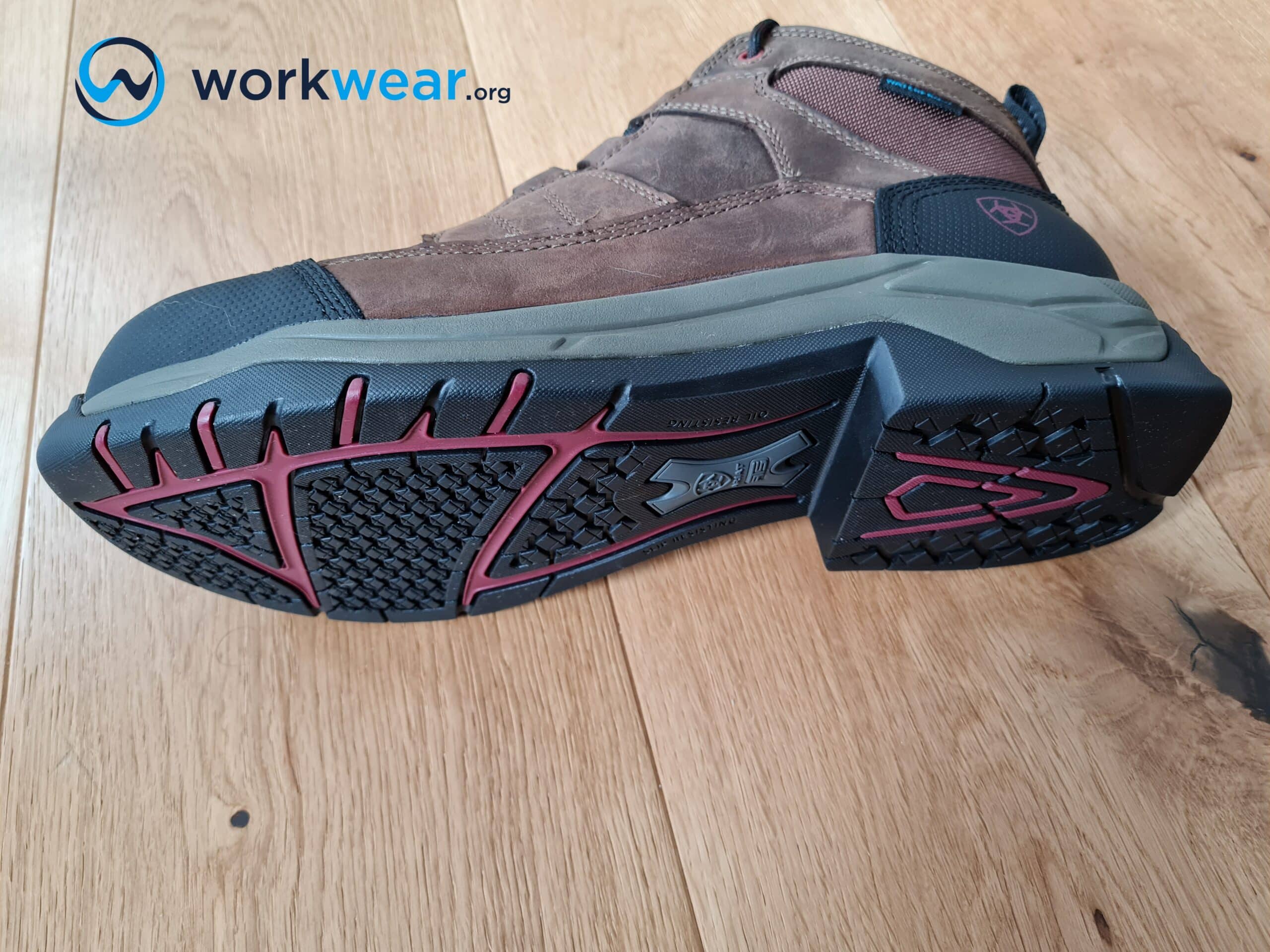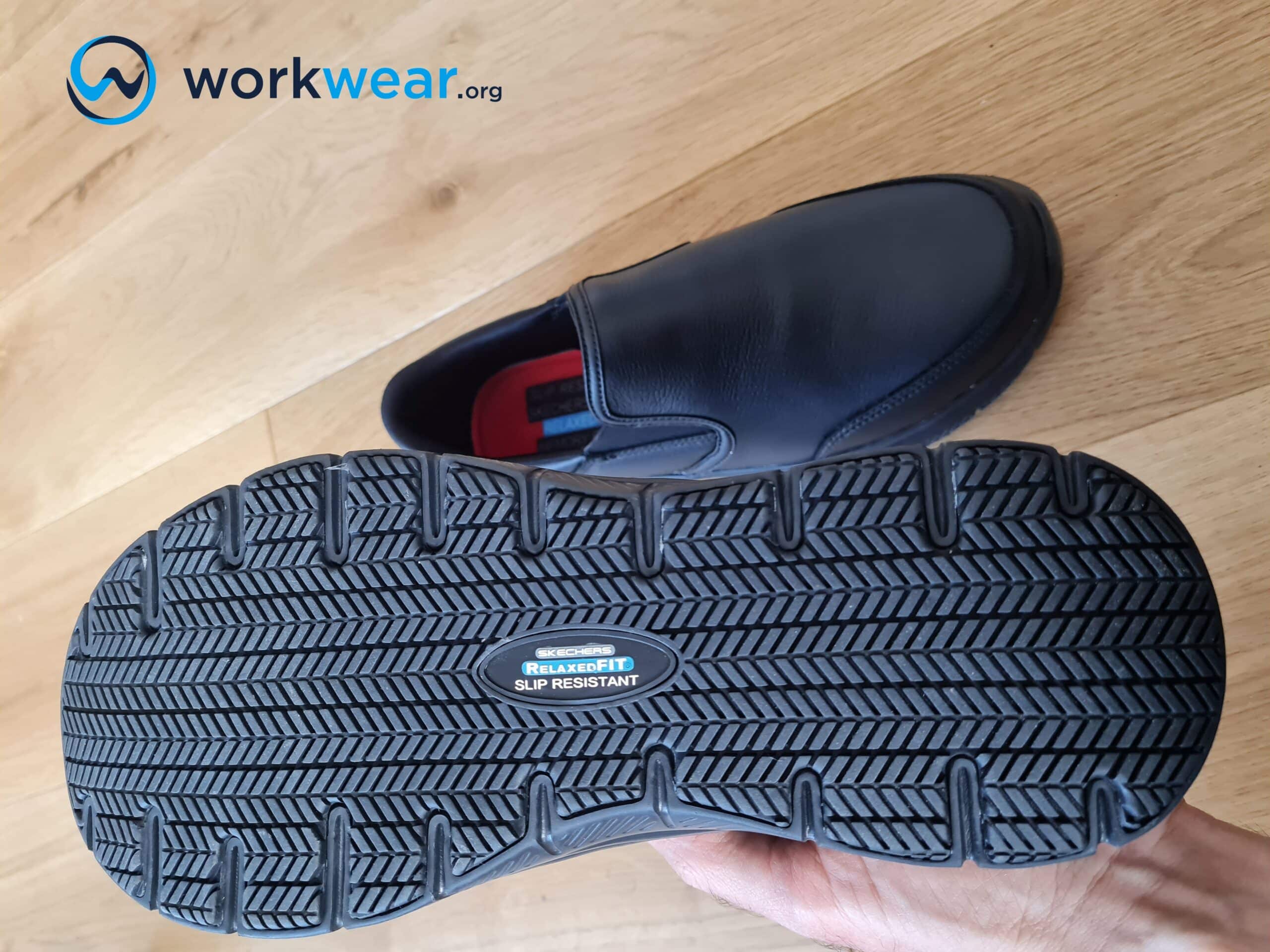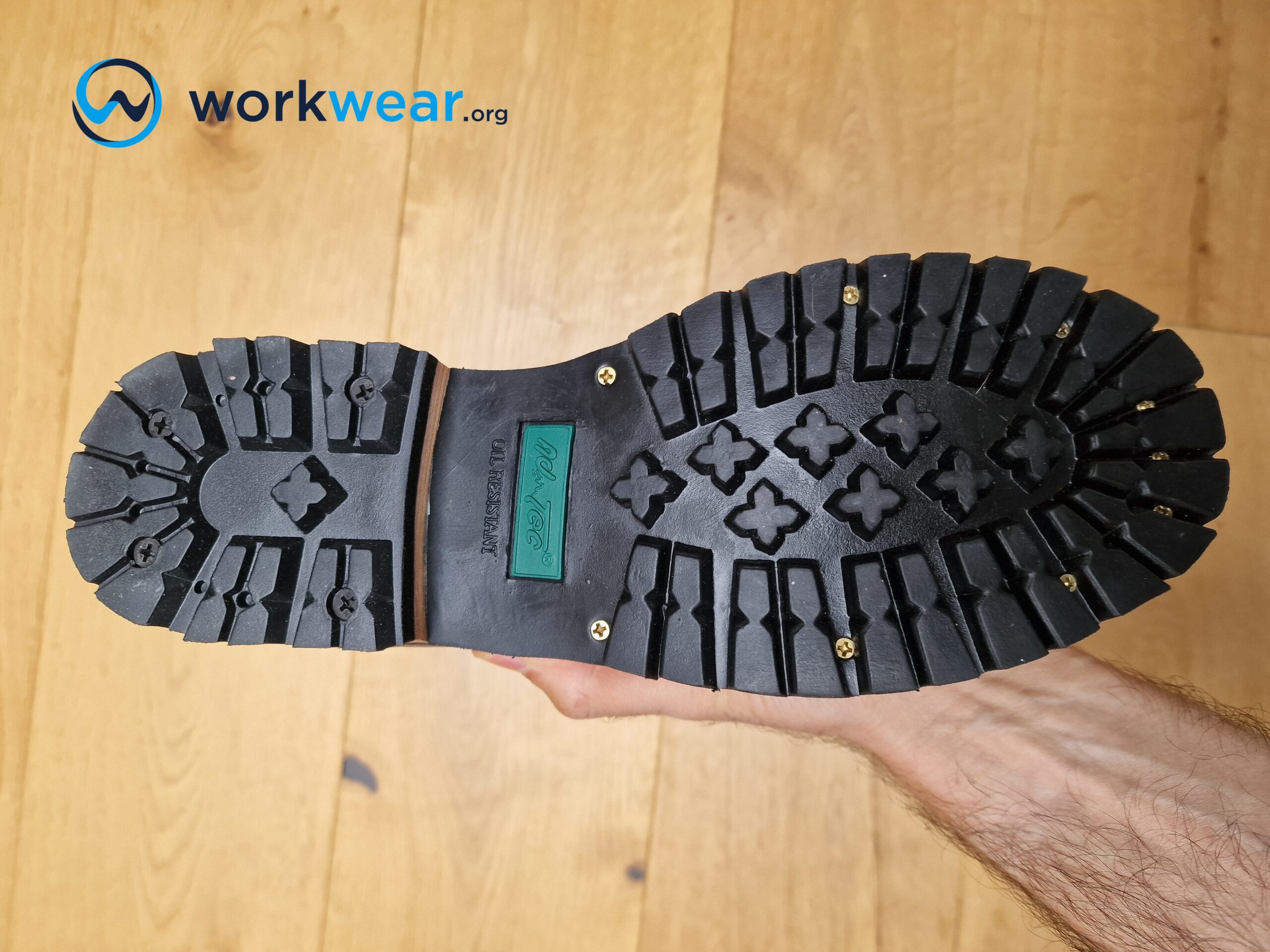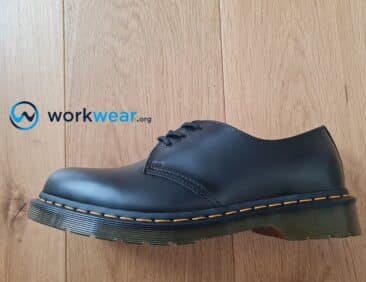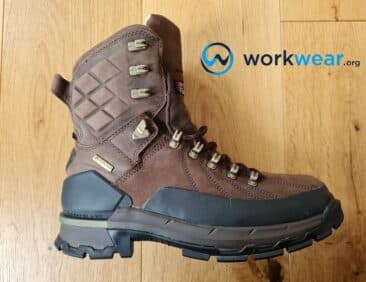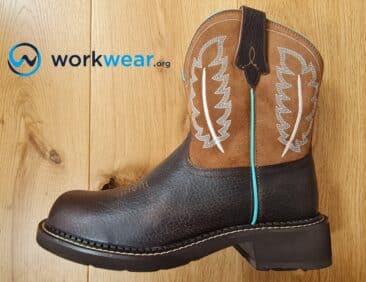Non Marking Soles Explained
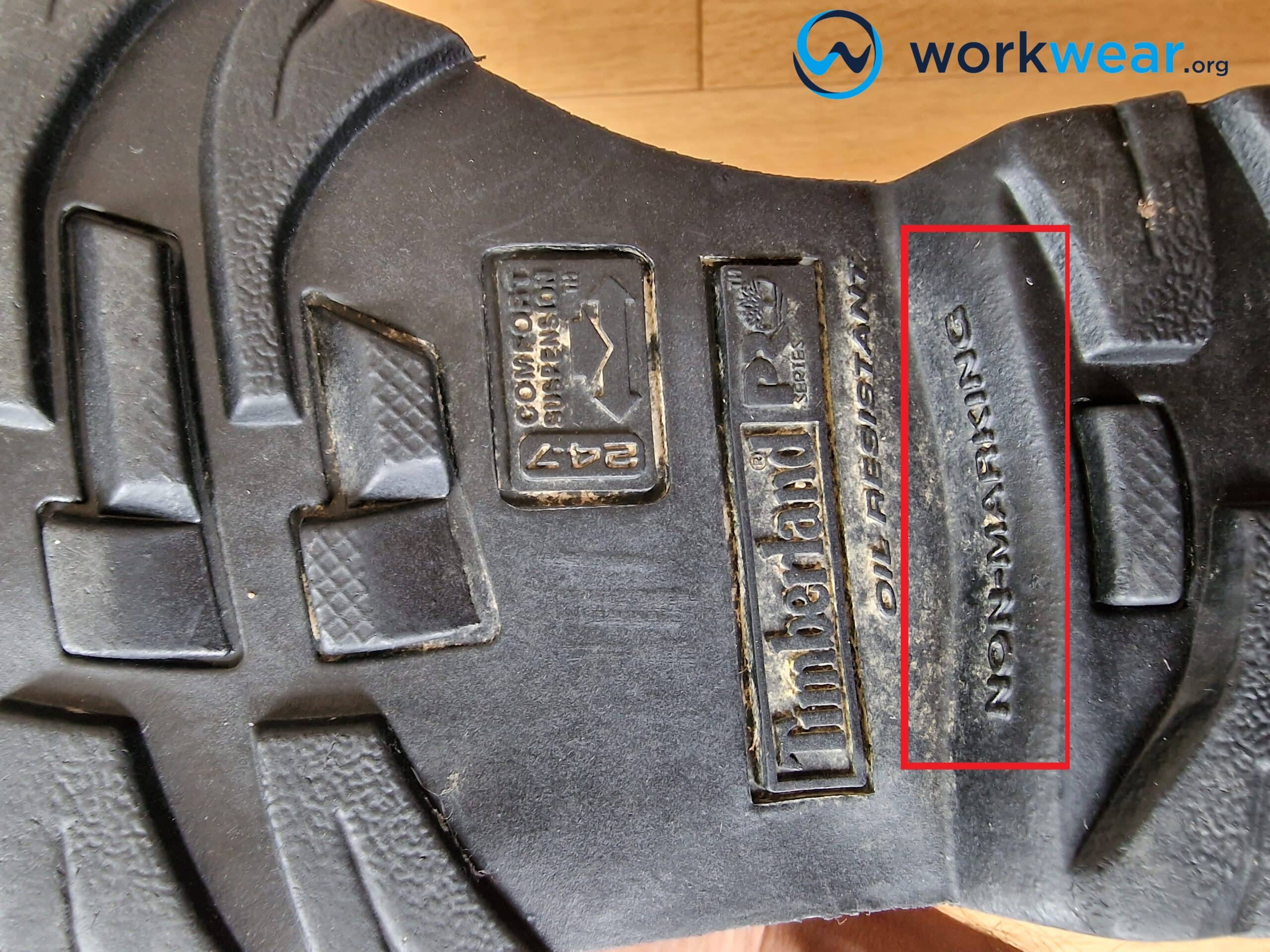
The right work shoes or boots must be worn for comfort and safety!
As a professional who works in a factory unit or outdoors, you may have noticed that your work shoes and boots leave marks on the surface wherever you walk. The scuff marks that carry dirt and grime are embarrassing when visiting a client’s office, house, or clean surface. But, of course, it’s worse when you work in mud, greasy factories, or wet surfaces and leave a trail behind everywhere you go. So wouldn’t it be great if you could find footwear that doesn’t leave any marks regardless of whether you are working indoors or outdoors? This is where non-marking soles come in handy. They are the ideal choice for anyone who wants to protect the surface from getting marks and leaving a mess behind them.
Your everyday work shoes and boots leave marks on surfaces because of the movement and pressure applied while walking. This creates shoe marks or scratches on the floor and can damage the surface. Shoes with non-marking soles don’t do this. This is because the soles of these specially designed shoes are flat and aren’t as hard as regular shoes. They also have a minimal texture or cleats, ensuring they leave no marks.
What are Non-Marking Soles?
Here is how you can check whether the sole is non-marking or not.
- Place a sheet of white paper on the floor. Hold your shoe and drag its sole against the paper on the floor with sufficient force without tearing the sheet. Now check for any scuff marks on it. If the sole doesn’t leave any impression, it is non-marking.
- Flip your boot or shoe and press your thumb into the shoe’s sole to make an impression. If the thumb impression recovers quickly, then it is very likely they have a non-marking sole.
Work Shoes or Boots?
The terms shoes and boots are often interchangeable but are not synonyms. Shoes and boots are both types of footwear, but their similarities end here. Any footwear that covers and protects the feet but usually doesn’t exceed the ankle is known as shoes. On the other hand, boots cover the feet and protect the ankles. In some cases, they can even cover the lower leg. Depending on your profession and work, you will have to choose between shoes and boots. Paying attention to your footwear is crucial because it is not just about comfort; safety matters too. For instance, wearing sandals might be comfortable but not necessarily safe because they leave your feet exposed. Even if you accidentally bump into anything while walking, shoes and boots will keep your feet safe and reduce the chances of accidental injuries.
Non-Marking Work Shoes and Boots
Now that you understand the difference between shoes and boots let’s see what work shoes and boots mean. Yes, adding the word “work” before shoes or boots changes their structure and characteristics. Work shoes and boots usually have added safety features in the form of a protective reinforcement in the toe that protects the feet from compression or even falling objects. This type of footwear is ideal for all professionals who want to keep their feet safe from heavy or sharp objects, especially if such objects are present in their usual area of work.
So, work shoes and boots with non-marking soles will protect your feet and keep them safe while offering comfort and stability and ensuring you don’t leave any marks or scratches on surfaces. This is ideal if your usual work environment consists of a hard surface such as linoleum or any synthetic surface. Similarly, they are ideal while working on wooden, concrete, clay, and grass surfaces that can be easily damaged.
One of the leading brands on the market these days for non-marking work shoes and boots is Timberland. For instance, Timberland Pro Pit Boss boots, which we have worn and tested, are perfect for those with rigorous worksite demands without compromising safety or comfort. The added non-marking soles ensure the footwear doesn’t leave any scuff marks or damage to the surface.
REGULAR SOLES VS NON-MARKING SOLES
| Features |
Regular Soles |
Non-Marking Soles |
|---|---|---|
| Material |
|
|
| Sole Texture |
|
|
Conclusion
To conclude, work shoes and boots with non-marking soles come in all types and shapes and are ideal for professionals looking for comfortable and sturdy shoes that don’t leave any scuff marks or damage the surface.
FAQs About Non-Marking Soles
- Who is Non-Marking Soles Ideal For?
- Non-marking soles are ideal for anyone who doesn’t want to damage the surface they are walking on. Whether indoors or outdoors, non-marking soles don’t leave any scuff marks and keep the surface clean and scratch-free.
- What Material Are Non-Marking Soles Made Of?
- Usually, non-marking soles are made of a soft rubber-like material, unlike most shoes’ traditional hard rubber soles.
- Are Non-Marking Soles Anti-Slippery Too?
- No, non-marking soles are not the same as anti-slippery soles. Anti-slippery sole is a different feature altogether, and such shoes might not necessarily be non-marking. However, it is important to understand that the texture and material used for non-marking soles are such that it offers maximum friction while moving without leaving any marks behind.
- How To Take Care of Non-Marking Soles?
- As with any other footwear, you must clean the soles regularly to ensure their integrity. Ensure that you are wearing them only for the specific purpose it was purchased. Clean the soles regularly and ensure that you leave them out to dry after removing them.
